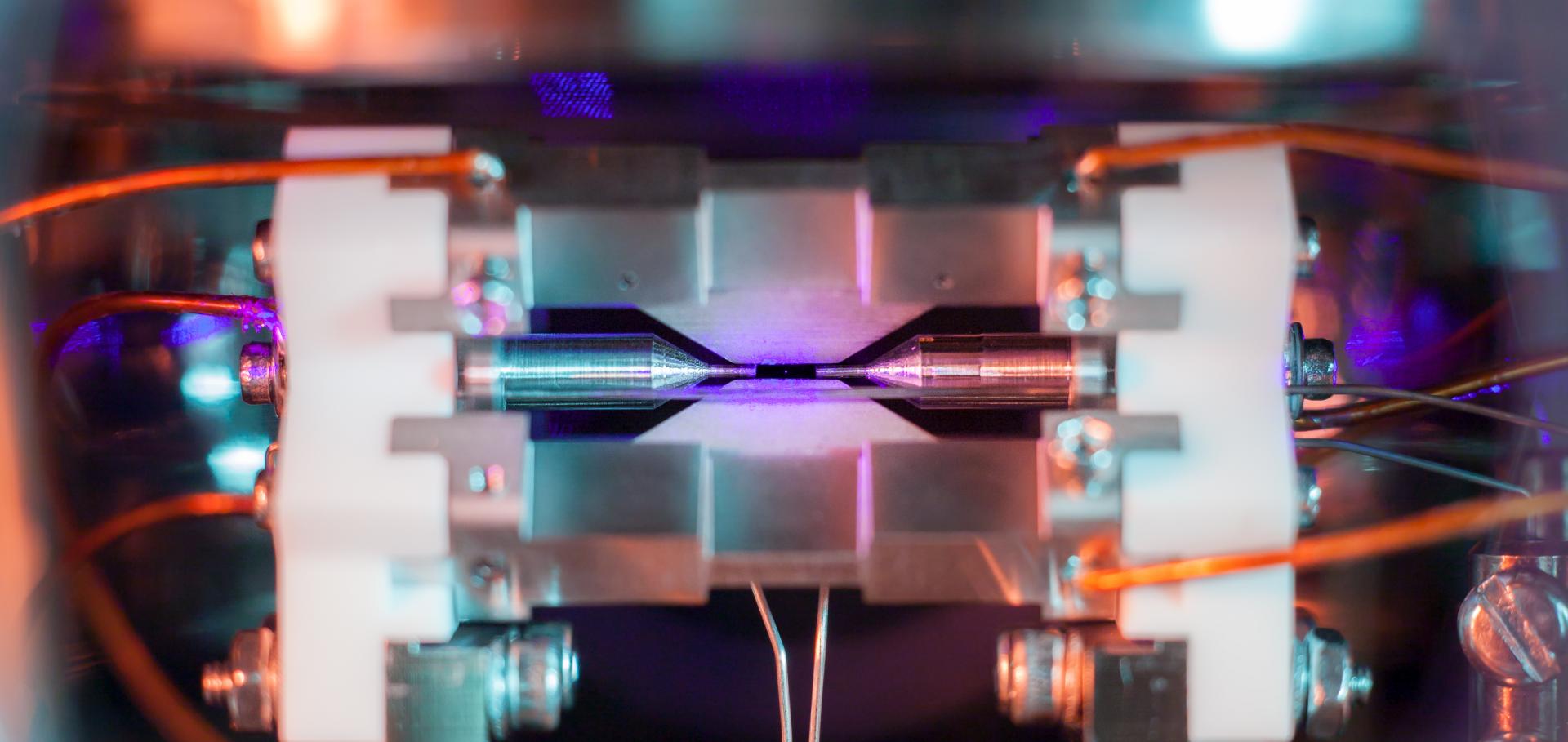Experimental quantum key distribution certified by Bell's theorem
Abstract:
Cryptographic key exchange protocols traditionally rely on computational conjectures such as the hardness of prime factorization<sup>1</sup> to provide security against eavesdropping attacks. Remarkably, quantum key distribution protocols such as the Bennett-Brassard scheme<sup>2</sup> provide information-theoretic security against such attacks, a much stronger form of security unreachable by classical means. However, quantum protocols realized so far are subject to a new class of attacks exploiting a mismatch between the quantum states or measurements implemented and their theoretical modelling, as demonstrated in numerous experiments<sup>3-6</sup>. Here we present the experimental realization of a complete quantum key distribution protocol immune to these vulnerabilities, following Ekert's pioneering proposal<sup>7</sup> to use entanglement to bound an adversary's information from Bell's theorem<sup>8</sup>. By combining theoretical developments with an improved optical fibre link generating entanglement between two trapped-ion qubits, we obtain 95,628 key bits with device-independent security<sup>9-12</sup> from 1.5 million Bell pairs created during eight hours of run time. We take steps to ensure that information on the measurement results is inaccessible to an eavesdropper. These measurements are performed without space-like separation. Our result shows that provably secure cryptography under general assumptions is possible with real-world devices, and paves the way for further quantum information applications based on the device-independence principle.High-rate high-fidelity entanglement of qubits across an elementary quantum network
Abstract:
We demonstrate remote entanglement of trapped-ion qubits via a quantum-optical fiber link with fidelity and rate approaching those of local operations. Two 88Sr+ qubits are entangled via the polarization degree of freedom of two spontaneously emitted 422 nm photons which are coupled by high-numerical-aperture lenses into single-mode optical fibers and interfere on a beam splitter. A novel geometry allows high-efficiency photon collection while maintaining unit fidelity for ion-photon entanglement. We generate heralded Bell pairs with fidelity 94% at an average rate 182 s−1 (success probability 2.18×10−4).
Experimental quantum advantage in the odd-cycle game
Abstract:
We report the first experimental demonstration of the odd-cycle game. We entangle two atoms separated by ∼ 2 m and the players use them to win the odd-cycle game with a probability ∼ 26σ above that allowed by the best classical strategy. The experiment implements the optimal quantum strategy, is free of loopholes, and achieves 97.8(3) % of the theoretical limit to the quantum winning probability. We perform the associated Bell test and measure a nonlocal content of 0.54(2) – the largest value for physically separate devices, free of the detection loophole, ever observed.


